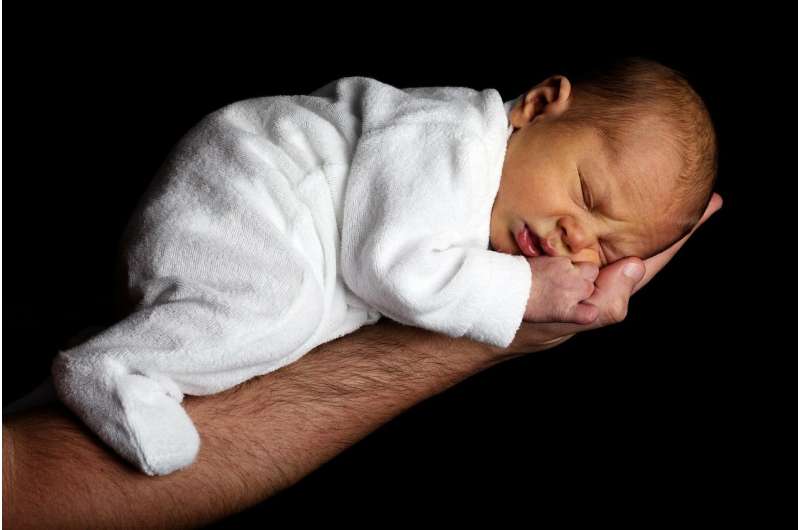New Findings Challenge Beliefs About Dancers and Vestibular Suppression During Pirouettes

A new study reveals that dancers' ability to perform pirouettes is not due to suppressing their vestibular system but relies on active, anticipatory control of balance through brain plasticity. This discovery could inform improved fall prevention strategies.
In a groundbreaking study, researchers from the University of Montreal have challenged the long-held belief that experienced dancers avoid dizziness during pirouettes by suppressing their vestibular system. The study, led by Ph.D. candidate Karina Moïn-Darbari, investigated whether dancers can actively deactivate their balance system to perform uninterrupted spins.
The research involved 38 women—19 professional dancers with over 16 years of training averaging 12 hours weekly, and 19 non-dancers serving as a control group. Postural control was assessed using a force platform under various conditions, including different surfaces and eye states. To test vestibular suppression, the team employed galvanic vestibular stimulation (GVS), a technique that delivers mild electrical currents behind the ears to simulate balance disturbances.
Without GVS, dancers exhibited superior balance, particularly on unstable surfaces with eyes open, showing smaller sway areas than non-dancers. However, when GVS was applied, the balance advantage disappeared, indicating that dancers could not simply turn off their vestibular signals during external disruptions. This contradicts the idea that dancers develop automatic suppression of vestibular input.
Further analysis suggested that the key to dancers' stability lies in their ability to generate active, self-initiated movements. When dancers perform pirouettes, their nervous systems anticipate movement and adjust sensory inputs accordingly, a process known as top-down modulation. This predictive control allows them to maintain balance during voluntary actions. In contrast, GVS introduces unpredictable disturbances from outside the nervous system, which cannot be anticipated, thereby equalizing the balance control of dancers and non-dancers.
Brain imaging studies reveal that dance training induces structural changes in regions like the anterior cerebellar vermis, critical for processing vestibular signals during voluntary movement. These changes exemplify the brain's plasticity and suggest that expertise in dance enhances internal sensory mapping, but does not grant external, unexpected perturbation immunity.
Implications of this research extend to fall prevention strategies, especially in the elderly. Understanding the distinction between active and passive balance control pathways can lead to tailored rehabilitation programs that focus on voluntary movement training to improve stability and reduce fall risk.
Source: https://medicalxpress.com/news/2025-08-vertigo-free-pirouettes-ideas-dancers.html
Stay Updated with Mia's Feed
Get the latest health & wellness insights delivered straight to your inbox.
Related Articles
Breakthrough Research Offers Hope for New Treatments in Juvenile Dermatomyositis
Innovative research uncovers mitochondrial dysfunction and immune system overactivity in juvenile dermatomyositis, paving the way for targeted therapies for affected children.
Innovative Imaging Technology Promises to Enhance Brain Cancer Surgery
A groundbreaking imaging probe developed by researchers offers real-time visualization of glioblastoma during surgery, enhancing tumor removal precision and potentially improving patient outcomes.
Could Caffeine Play a Role in Preventing Sudden Infant Death Syndrome?
Research suggests caffeine might help prevent Sudden Infant Death Syndrome by counteracting low oxygen episodes in infants. This innovative hypothesis could open new pathways for prevention strategies in infant health.



